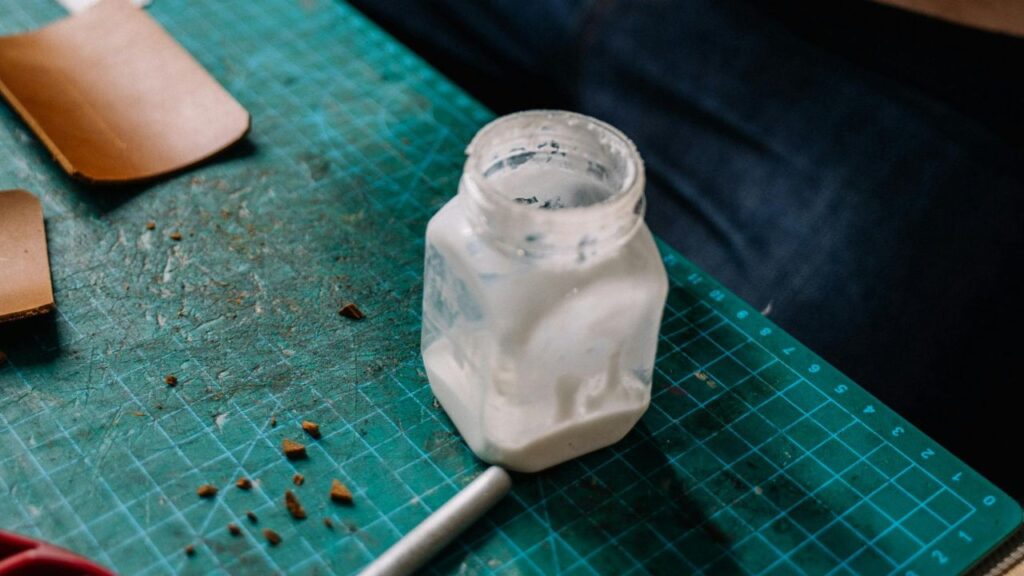The history of glue sniffing reveals a complex intersection of social factors, product availability, and human psychology. This practice emerged in the 1950s alongside the mass production of model airplane glue and other household products containing volatile solvents. But the question remains: why did this dangerous practice take hold, and why does it persist today?
The Origins of Glue Sniffing
The post-World War II economic boom brought an explosion of consumer products into American homes. Model building became a popular hobby, particularly among young people, making model airplane glue widely available. The discovery of its intoxicating effects spread through youth networks, particularly in urban areas where teenagers sought cheap, accessible ways to alter their consciousness.
A Social Phenomenon Takes Hold
By the early 1960s, glue sniffing had become a recognized social problem. The practice spread primarily through peer networks in schools and neighborhoods. Sociologists identified several factors contributing to its popularity: low cost, easy accessibility, quick onset of effects, and the difficulty of detection by authorities or parents.
The social context of the 1960s played a crucial role. Youth rebellion against authority, experimentation with consciousness alteration, and the search for escape from social pressures all contributed to the spread of inhalant abuse. Unlike alcohol or illegal drugs, glue and other inhalants could be purchased legally and carried openly.
Beyond Glue: The Expansion of Inhalant Abuse
As awareness of glue sniffing grew, users discovered other household products could produce similar effects. Paint thinners, gasoline, aerosol sprays, and cleaning fluids joined glue as substances of abuse. This expansion made prevention efforts more challenging, as the products involved served legitimate household purposes and couldn’t simply be banned.

The Science of Attraction
The appeal of inhalants lies partly in their rapid effect on the brain. When inhaled, volatile substances quickly enter the bloodstream through the lungs and reach the brain within seconds. This produces a brief but intense euphoria, often accompanied by hallucinations. The quick onset and accessibility make inhalants particularly appealing to young people seeking immediate gratification.
Modern Patterns of Use
Today, inhalant abuse persists despite widespread knowledge of its dangers. Economic factors continue to play a role, as inhalants remain among the least expensive ways to achieve intoxication. Rural and economically disadvantaged communities often see higher rates of inhalant abuse, though the problem crosses all social and economic boundaries.
The Hidden Epidemic
Inhalant abuse often flies under the radar of public health discussions, overshadowed by opioids, methamphetamine, and other drugs. However, its persistence, particularly among young people, makes it a serious ongoing concern. The ease of access and misconception that household products are somehow safer than street drugs contribute to continued use.
Treatment Challenges and Approaches
At JourneyPure At The River, we understand the unique challenges of treating inhalant addiction. Physical dependence can develop quickly, and the potential for brain damage makes early intervention crucial. Our treatment approach addresses both the physical and psychological aspects of inhalant abuse.
Comprehensive Recovery Support
Treatment for inhalant abuse requires a thorough understanding of its psychological and social roots. Our program includes medical supervision during withdrawal, counseling to address underlying issues, and practical support for building a life free from substance use. We emphasize understanding each person’s unique path to addiction and creating individualized recovery plans.
Breaking the Cycle
Recovery from inhalant abuse requires more than just stopping use. Our program helps individuals understand their triggers, develop healthy coping mechanisms, and build support networks. We work with families to create supportive environments that promote long-term recovery.
Understanding the history of inhalant abuse helps us better treat it today. If you or someone you love struggles with inhalant abuse, contact JourneyPure At The River at 629-222-9449. Our experienced team can help you begin the journey to recovery.
